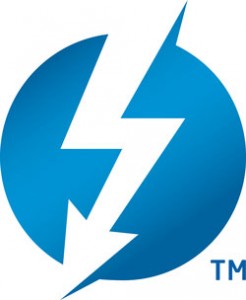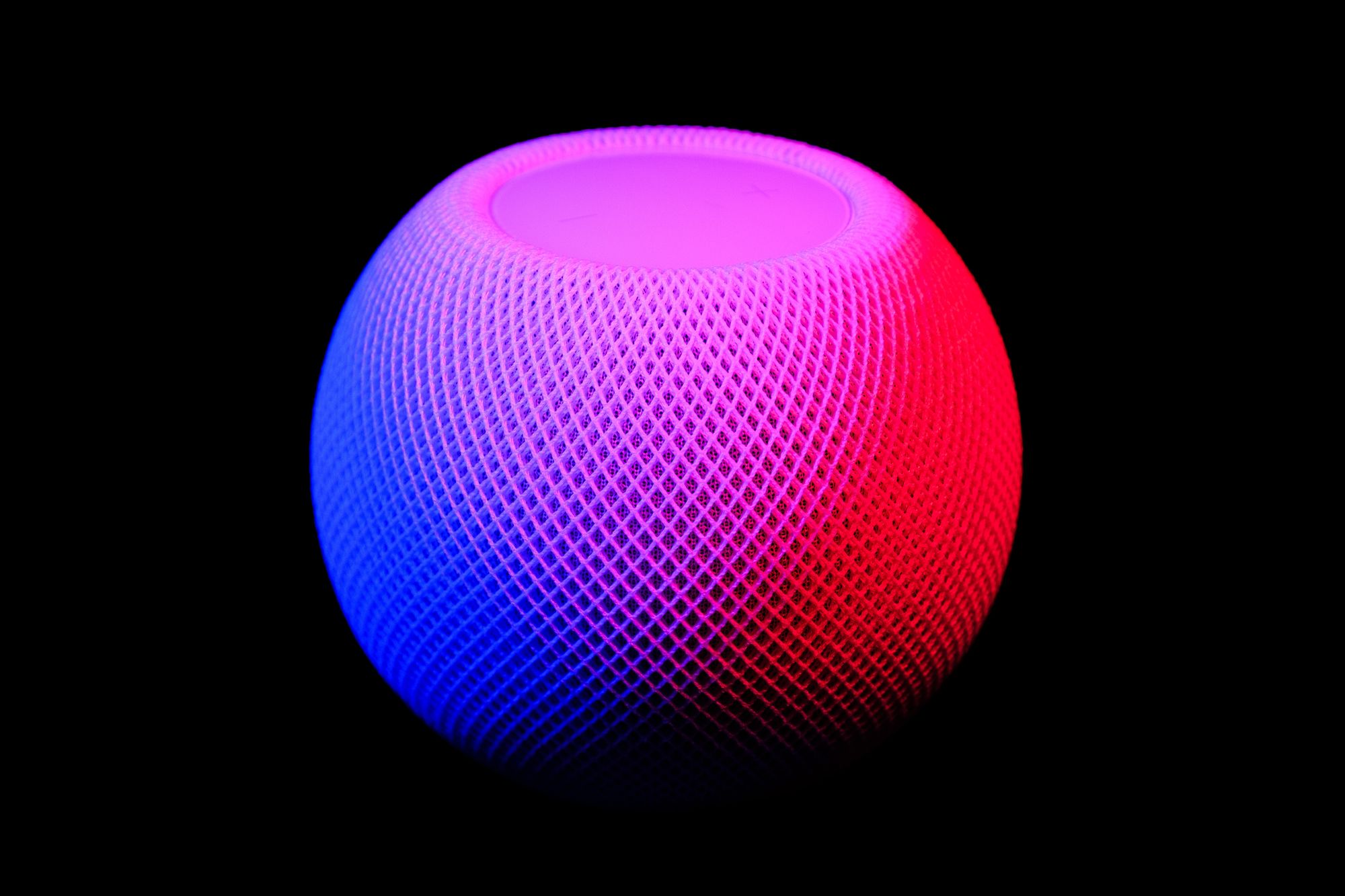What Is Thunderbolt?
 There have been many rumors running around from Intel lately on a new interconnection technology that is code-named “Light Peak”, it has been called this up until today when it was rebranded to “Thunderbolt”. Promising screaming-fast data transfers up to 10 gigabit per second, both upload and download, dual protocol support and power over cable. Thunderbolt in the interconnection that will rocket us into the future.
There have been many rumors running around from Intel lately on a new interconnection technology that is code-named “Light Peak”, it has been called this up until today when it was rebranded to “Thunderbolt”. Promising screaming-fast data transfers up to 10 gigabit per second, both upload and download, dual protocol support and power over cable. Thunderbolt in the interconnection that will rocket us into the future.
This technology is first launching into Apple’s latest MacBook Pro, but Apple is just one of many companies with plans to support Intel’s new Thunderbolt technology. Over the coming year, devices will slowly emerge onto the markets to support the new technology.
This is going to be the start of a major uphill battle for Thunderbolt, USB won’t give up without a fight. Support shouldn’t be backed behind one technology, users should just give it a try to who knows, Thunderbolt might be something to catch on in the future.
One of the big features surrounding Thunderbolt is dual-protocol. Meaning that it can support both DisplayPort-type and PCI Express connections from a single Thunderbolt Part.

This explains why there’s only one port on the new MacBook Pros. Almost anything can be running from this single port. DisplayPort connections, data transfers and with an adapter it can run DVI, HDMI, VGA, FireWire, eSATA, and Gigabit Ethernet with the existing drivers that are supported at the OS system.
All the magic happens at the Intel Thunderbolt controller chip on the motherboard. Then Apple’s mini DisplayPart connector is used for the physical connection with either optical or electrical cables. This in theory will allow all manufactures to just install a Thunderbolt controller chip into existing devices to add compatibility with the port. Being compatible with existing technologies means that it shouldn’t suffer the sane fate as FireWire and eSATA, which needs their own dedicated technology to function.

We live in a world with massive amounts of RAW data and large video files. Speed is essential when working with these massive multi-gigabyte files. Intel’s standard for Thunderbolt is rated at 10 Gbps over two channel, which is equal to transferring a Blu-ray disc in less than 30 seconds. That’s 20 times faster than USB 2.0 and 12 times faster than FireWire 800.
The dual-channel design allows for both channels to run at 10 gigabits per second. Thunderbolt can even be daisy-chained together with the two channels to still give out a full 10 Gbps to the primary device.
Intel expects for the new Thunderbolt port to hit 100 Gbps by the end of the decade.




